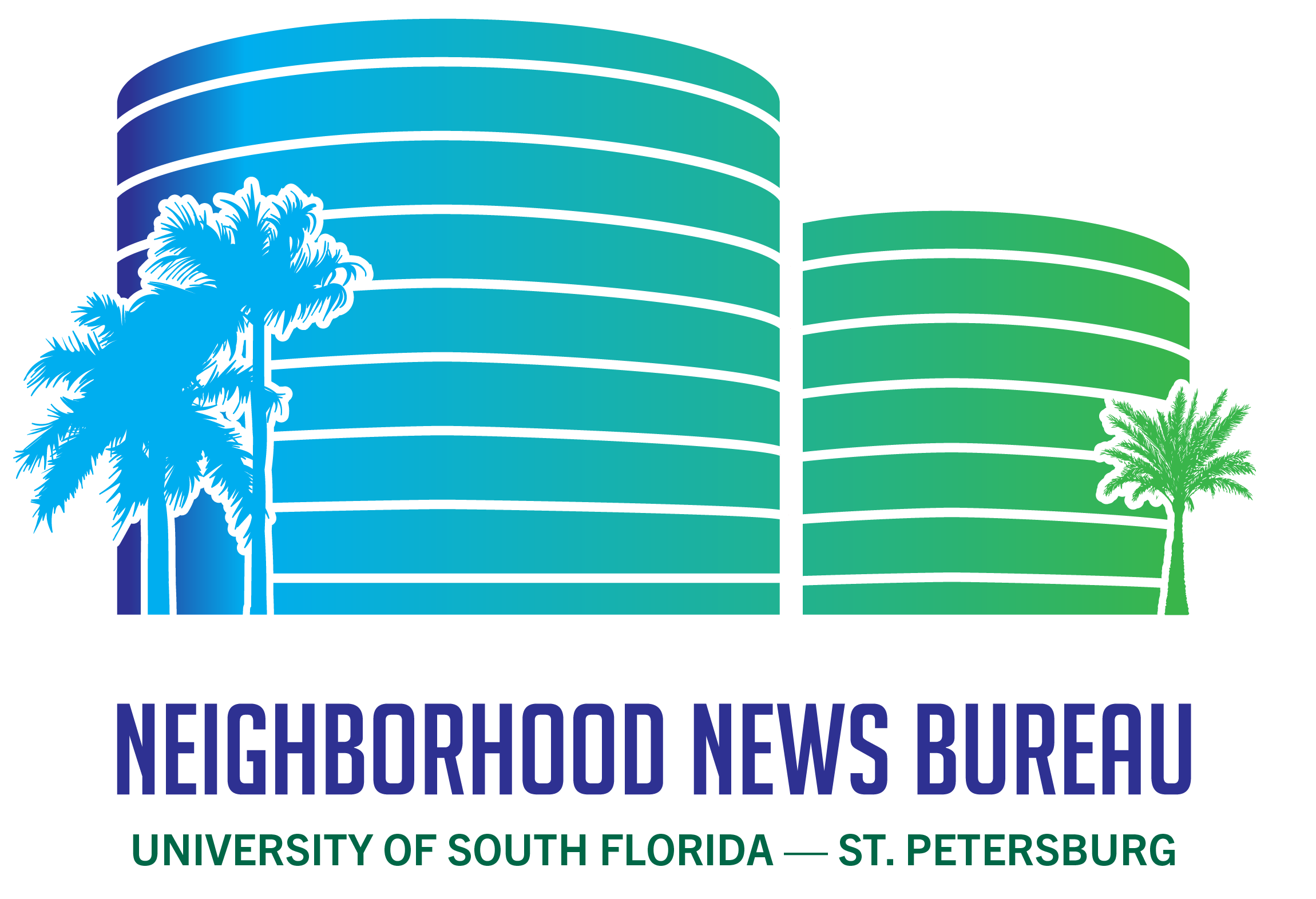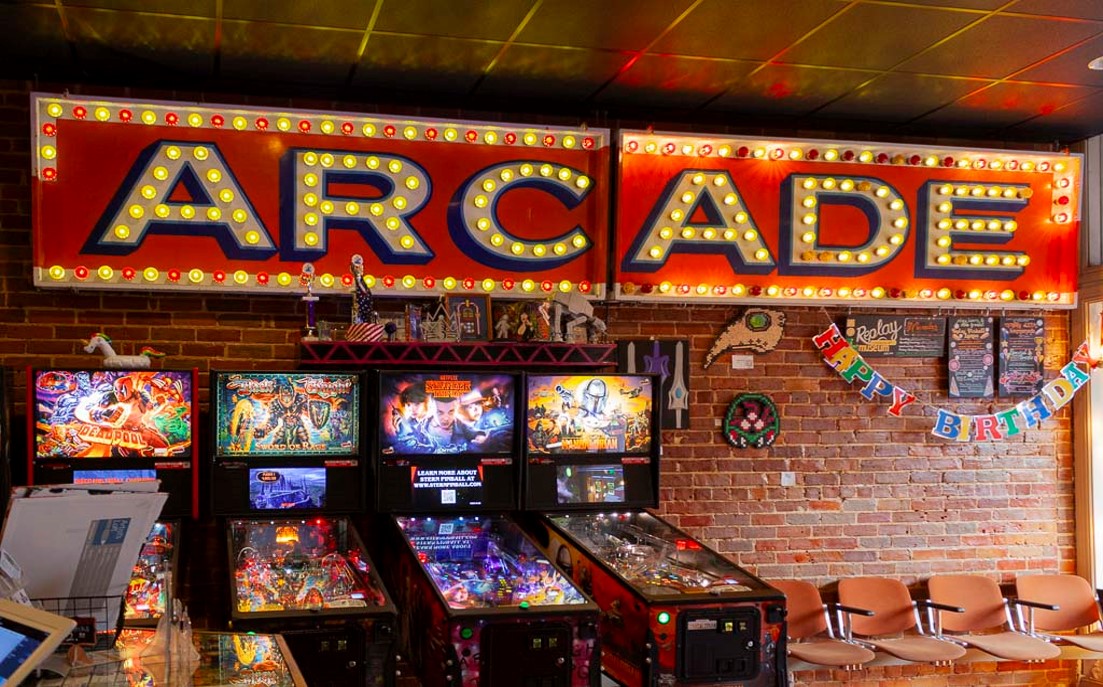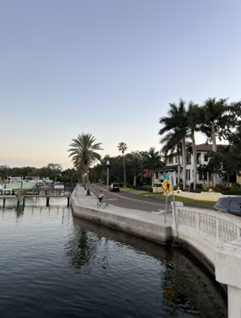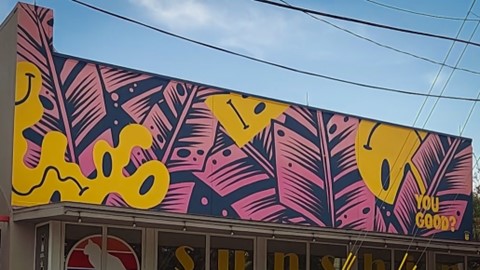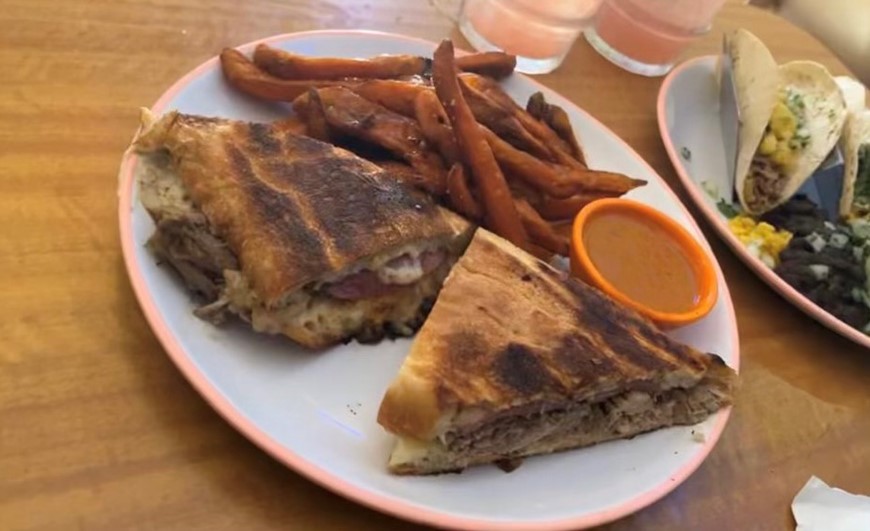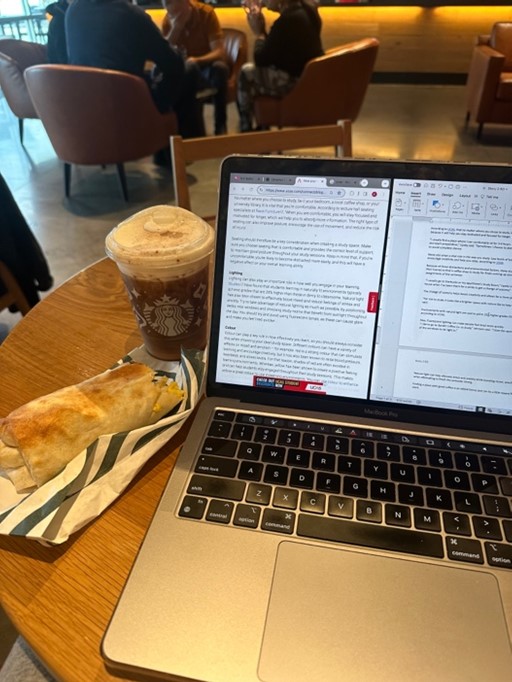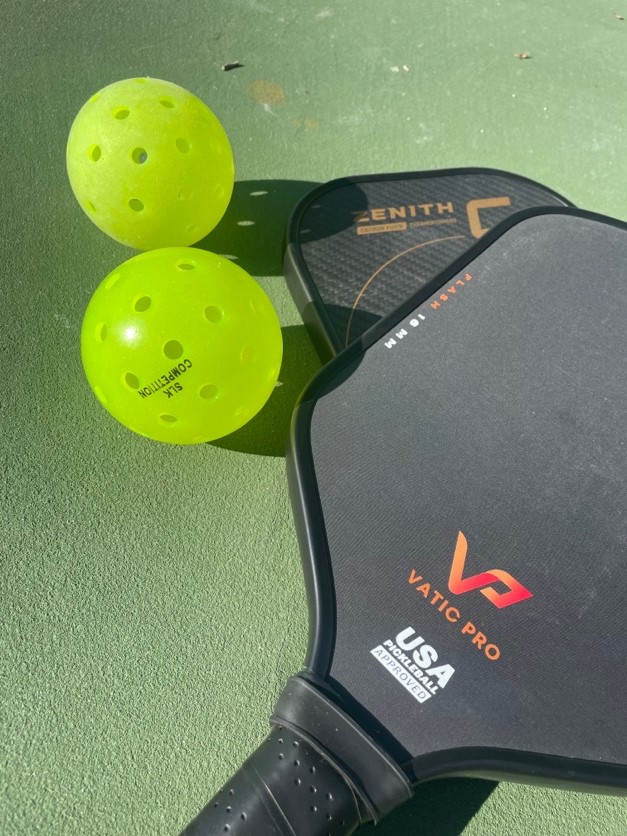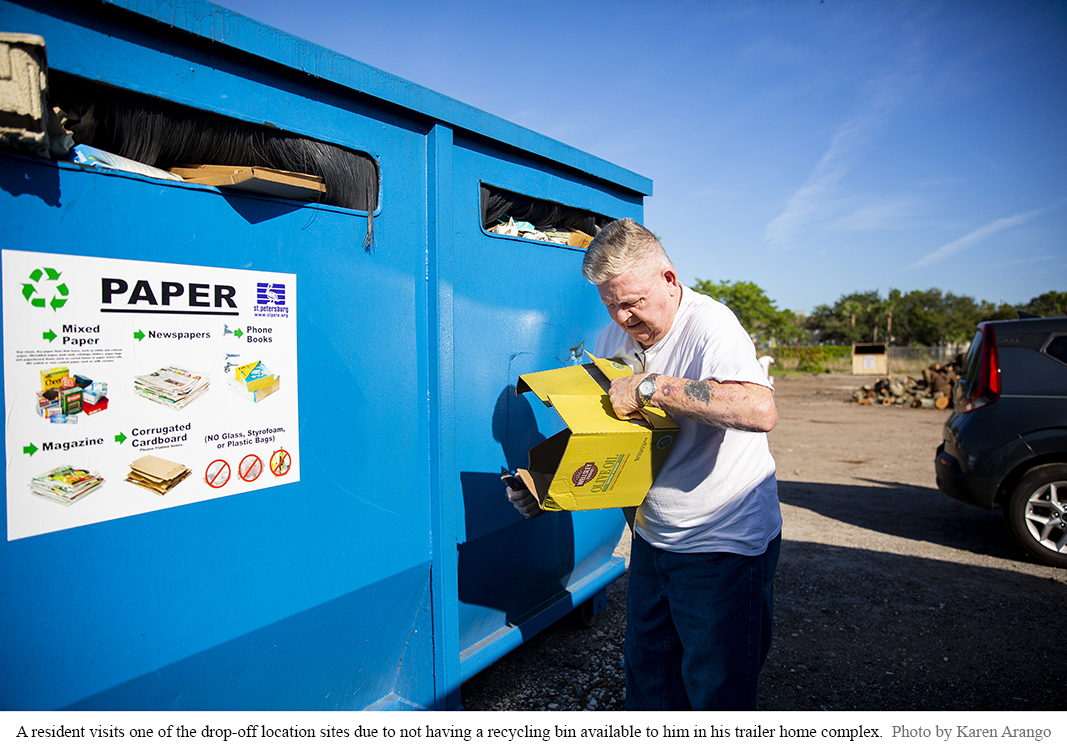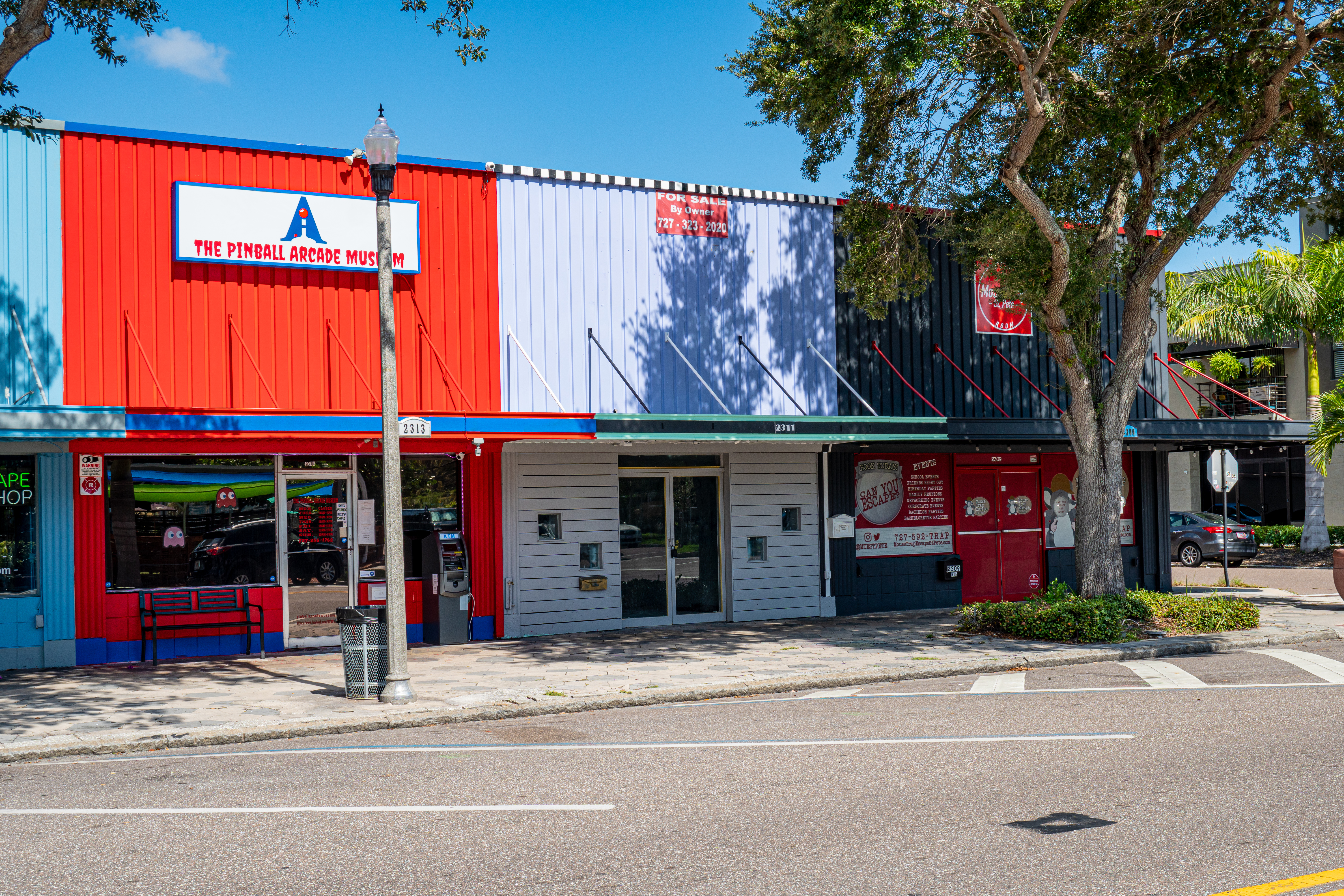A world champion and her devoted group of all-female contenders find sanctuary to sharpen their skills in Tarpon Springs. By Sophia Makris Community & Culture
Read MoreCategory: Uncategorized
Electric bikes and scooters are here to stay, but at what cost?
By Alexa McClure Community & Culture Beat Reporter Electric scooters and bikes have become increasingly popular over the last few years in St. Petersburg. Because
Read MoreCATfeinated bliss at St. Pete’s Sunshine Kitty Cafe
By Mike Martinez Community & Culture Beat Reporter ST. PETERSBURG, Fla. — A one-of-a-kind oasis is located right in the heart of St. Petersburg, where
Read MoreCuban culture and history come alive through Ybor’s iconic sandwich
By Makaila Mekdeci Community & Culture Beat Reporter YBOR CITY, Fla. — In Ybor City, the vibrant Cuban culture is best experienced through its hearty
Read MoreWhy students prefer studying at coffee shops over studying at home
Finding a comfortable environment that promotes positive study habits is vital for students when trying to learn new information and efficiently complete assignments. By Kaitlyn
Read MoreUSF Scores Big with NIL Recipient Sofia Chepenik
By Timony Katon Sports Beat Reporter In September 2019, California became the first state to allow student-athletes to receive money for their name, image, and
Read MoreThe Rise of Pickleball
A new sport is gaining momentum: a blend of tennis & ping-pong. By Aiden Connell Community Beat Reporter Whether it is curiosity, injury recovery, or
Read MoreAffordable Housing Crisis Hits Hard in St. Petersburg’s Districts 5 and 7
[vc_row][vc_column][vc_column_text] Affordable Housing Crisis Hits Hard in St. Petersburg’s Districts 5 and 7 By Hope Garza Mark Moore, a resident of St.
Read MoreRecycling deficits in St. Petersburg Need Solutions from Elected Officials
[vc_row][vc_column][vc_column_text] Recycling deficits in St. Petersburg Need Solutions from Elected Officials By Nageena Laing, Kelsey Knight and Karen Arango The City of Saint Petersburg
Read MoreProgressive St. Petersburg… and its dividing line
[vc_row][vc_column][vc_column_text] Progressive St. Petersburg… and its dividing line Lavish funding continues to fuel St. Petersburg’s dynamic downtown growth, while residents and business owners in
Read More